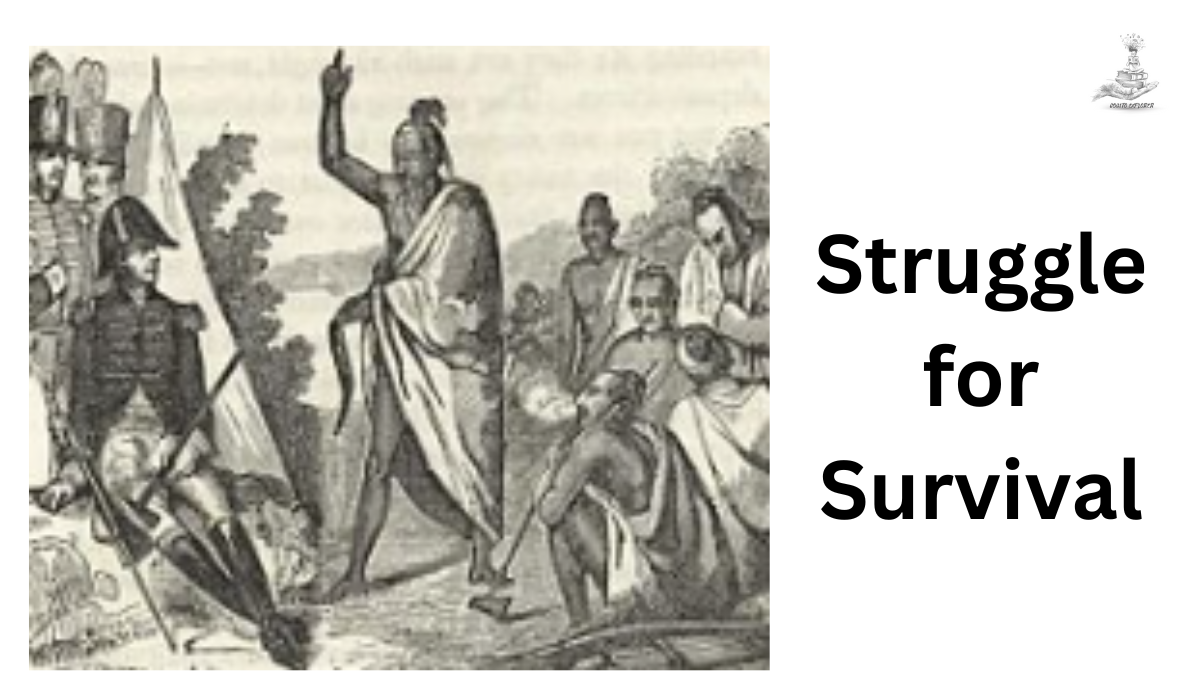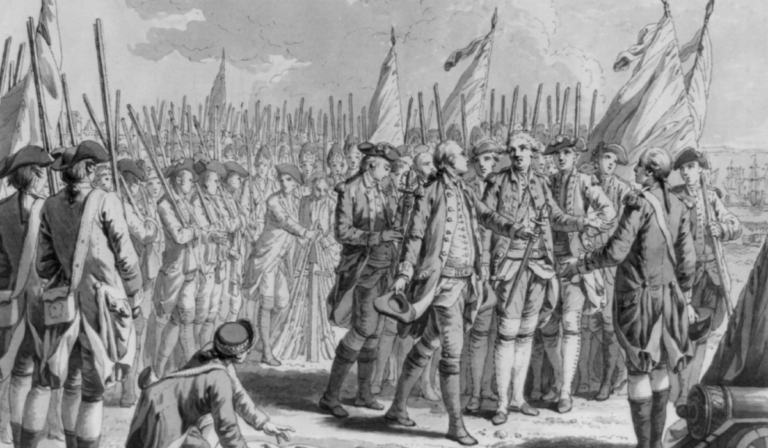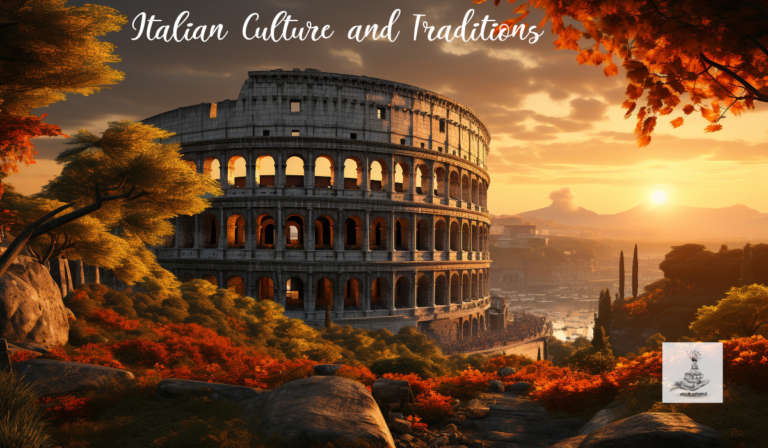Celebrating Diversity and Resilience: Exploring Native American Tribes
Join us on our journey to immerse ourselves in the deep and diverse traditions of the Native American culture. The purpose of this research is to provide a comprehensive understanding that goes beyond surface narratives and sheds light on the complex nuances that make up the unique fabric of Indigenous communities across North America.

The Native American landscape is a mosaic of over 500 recognized tribes in the United States alone. Additionally, some state-recognized tribes and tribes are not officially recognized by any government entity. Historically they had been referred to as the “Red Race” by the European settlers though today the term is regarded as offensive. These native american tribes, ranging from the Navajo Nation (Southwestern United States) to the Mohawk (Easternmost, New York), form an essential part of American history. The sheer number of tribes highlights the remarkable diversity that spans the Arctic tundra to the deserts of the Southwest. Each tribe weaves its distinct history, language, and traditions into the cultural tapestry that has evolved over thousands of years.
Indigenous Governance: Sovereignty and Autonomy
Native American tribes boast long-standing governance traditions that predate the United States’ formation. Sovereignty and autonomy are integral to decision-making within tribal councils, showcasing a unique approach to self-determination. Understanding these systems is essential to appreciating the resilience ingrained in Native American societies.
Navajo Nation
The Navajo Nation, the largest federally recognized tribe in the United States, has a government that includes an elected President, Vice President, and a Navajo Nation Council. The Council is the legislative branch, and decisions are made through a combination of traditional practices and modern democratic processes.
Iroquois Confederacy (Haudenosaunee)
The Iroquois Confederacy, also known as the Haudenosaunee, consists of the Mohawk, Oneida, Onondaga, Cayuga, Seneca, and later, the Tuscarora nations. Their traditional political system, often referred to as the “Great Law of Peace,” serves as a model for democratic governance.
Hopi Tribe
The Hopi Tribe, located in the southwestern United States, has a traditional system that includes a Tribal Council and religious leaders. The Hopi have a unique system of village autonomy, with each village governed by a chief or kikmongwi.
Oglala Sioux Tribe
The Oglala Sioux Tribe, a part of the larger Sioux Nation, has a government with a Tribal Council and elected officials, including a President and Vice President. Traditional governance structures often involve the participation of tribal elders and spiritual leaders.
Chickasaw Nation
The Chickasaw Nation, located in the southeastern United States, has a government with a Governor, Lieutenant Governor, and a legislature. The Chickasaw government is grounded in the Chickasaw Constitution, which combines modern democratic principles with traditional values.
Confederated Salish and Kootenai Tribes
The Confederated Salish and Kootenai Tribes, located in the northwestern United States, have a Tribal Council and a system of governance that integrates traditional values with contemporary governance structures.
Eastern Band of Cherokee Indians
The Eastern Band of Cherokee Indians, located in North Carolina, has a government with a Principal Chief and a Tribal Council. The tribe places importance on preserving Cherokee traditions and values in their governance.
Muscogee (Creek) Nation:
The Muscogee (Creek) Nation, with a history in the southeastern United States, has a government structure that includes a Principal Chief and a National Council. The Creek Nation emphasizes cultural preservation and self-governance.
Struggle for Survival: A Testimony of Resilience

Native American tribes have historically engaged in warfare, influenced by territorial disputes, resource competition, and external pressures like European colonization. Internally their conflicts were a reflection of complex tribal dynamics, with reasons varying from competition for hunting grounds to strategic alliances with other tribes. These conflicts were not solely based on aggression but were often responses to survival challenges. As European settlers arrived, tribes faced unprecedented changes to their traditional ways of life, triggering both cooperation and conflict among indigenous groups.
The struggle for survival has been a central theme in the history of Native Americans, marked by a complex and often tragic narrative of adaptation, resistance, and resilience. Here we list some of these challenges.
Colonization and Displacement
European colonization had a profound impact on Native American communities. The arrival of European settlers led to the displacement of indigenous peoples from their ancestral lands through forced removals, broken treaties, and encroachment. This displacement disrupted traditional ways of life, including hunting, farming, and cultural practices.
Disease and Epidemics
The introduction of new diseases by European settlers, such as smallpox, measles, and influenza, had devastating consequences for Native American populations. Lack of immunity to these diseases resulted in widespread epidemics, causing significant population declines and weakening tribal communities.
Forced Assimilation and Cultural Suppression
Throughout history, the U.S. government implemented policies aimed at assimilating Native Americans into Euro-American culture. Boarding schools, for example, were used to forcibly remove children from their families and suppress indigenous languages and cultural practices, causing intergenerational trauma.
Land Loss and Treaty Violations
The U.S. government often broke or disregarded treaties with Native American tribes. The loss of traditional lands, essential for sustenance and cultural practices, contributed to economic hardships and the disruption of tribal social structures.
Military Conflicts and Wars
Native Americans faced numerous military conflicts as they resisted encroachment on their lands. The Indian Wars, including events like the Battle of Little Bighorn and the Wounded Knee Massacre, are tragic chapters illustrating the resistance of Native American communities against the expansion of the United States.
Boarding School Era
The establishment of boarding schools in the late 19th and early 20th centuries sought to eradicate indigenous languages, cultures, and spiritual beliefs. The trauma endured by Native American children who were forcibly separated from their families and subjected to cultural assimilation had long-lasting effects on communities.
Economic Challenges
Economic challenges, including limited access to resources and discriminatory policies, hindered the economic development of Native American communities. Many faced poverty, unemployment, and inadequate healthcare, further exacerbating challenges to survival.
Contemporary Struggles: While Native American communities have demonstrated remarkable resilience, contemporary challenges persist. Issues such as poverty, substance abuse, inadequate healthcare, and environmental concerns continue to affect the well-being of many indigenous people. Despite these challenges, it’s crucial to highlight their resilience and strength. Efforts to reclaim and revitalize cultural practices, preserve languages, and assert sovereignty have been integral to the ongoing struggle for survival and the preservation of indigenous identity. Contemporary activism and advocacy also play a role in addressing longstanding issues and promoting social and economic justice for Native Americans.
Culture And Traditions: A Mosaic of Diversity
The Linguistic Kaleidoscope:
Native American languages constitute hundreds of distinct languages reflecting the rich heritage of indigenous communities. From the polysynthetic languages spoken in the Arctic by the Inuit to the tonal languages of the tribes in the Southwest. The linguistic landscape is a testament to the diverse and nuanced communication styles that have evolved over centuries. Today many Native American languages are endangered, with only a few fluent speakers remaining. Emphasizing the importance of efforts to preserve and revitalize indigenous languages.
Sacred Rituals and Ceremonies:
Sacred rituals and ceremonies deepen the connection to the natural world, weaving the spiritual fabric of Native American cultures. They play a crucial role in the spiritual and cultural practices of Native American tribes. These ceremonies are often deeply connected to the natural world, the cycles of life, and the spiritual beliefs of each tribe. From the Plains tribes’ Sun Dance to the Hopi’s Kachina ceremonies, these practices underscore a profound understanding of life’s cyclical nature.
Artistic Expressions Across Tribes:
Art serves as a powerful means of expression within Native American communities, transcending geographical boundaries. From the intricate beadwork of the Iroquois to the monumental totem poles of the Pacific Northwest, each tribe boasts a unique artistic legacy contributing to the broader narrative of Native American creativity.
Animal symbolism:
Animal symbolism is deeply intertwined with storytelling, rituals, and ceremonies here are some examples
Owls in Native American Culture, revered as messengers between the spirit world and the earthly realm, symbolize wisdom and foresight across various tribes. Their significance reflects a connection to the unseen realms, embodying spiritual guidance and intuition. The tribes also observe the bird’s behavior for weather predictions and other signs. Beyond being messengers, owls represent protectors, guiding individuals through the darkness of the unknown. Many tribes view them as symbols of stealth, embodying the silent flight and keen perception required to navigate spiritual realms. The owl’s role as a protector extends to its association with knowledge and healing in various tribal traditions.
Coyotes, often seen as trickster spirits, symbolize adaptability and resourcefulness. Their cunning nature serves as a reminder of the importance of agility and quick thinking in navigating life’s challenges. The coyote’s role as a trickster is not necessarily negative; it represents the balance between chaos and order, emphasizing the need for flexibility and creativity in overcoming obstacles.
Conclusion: A Tapestry of Resilience and Richness
Throughout history, Native American tribes have demonstrated remarkable resilience, adapting to changing circumstances while maintaining the essence of their cultural identity. Despite facing historical challenges like colonization and forced relocation. Native American communities have displayed resilience in preserving their unique identities. Efforts to preserve and revitalize cultural traditions, reclaim ancestral lands, and address contemporary issues such as education and healthcare disparities are a testament to the ongoing commitment within these communities.
Native American cultures are a vibrant and integral part of the American story, reflecting diversity in languages, art, spirituality, and traditions. As we appreciate these cultures, we must acknowledge the challenges faced by Native American communities and support efforts to preserve their unique contributions. Through understanding and collaboration, we can ensure that the legacy of Native American cultures endures. A testament to the resilience and the richness embedded in their heritage, for generations to come.







